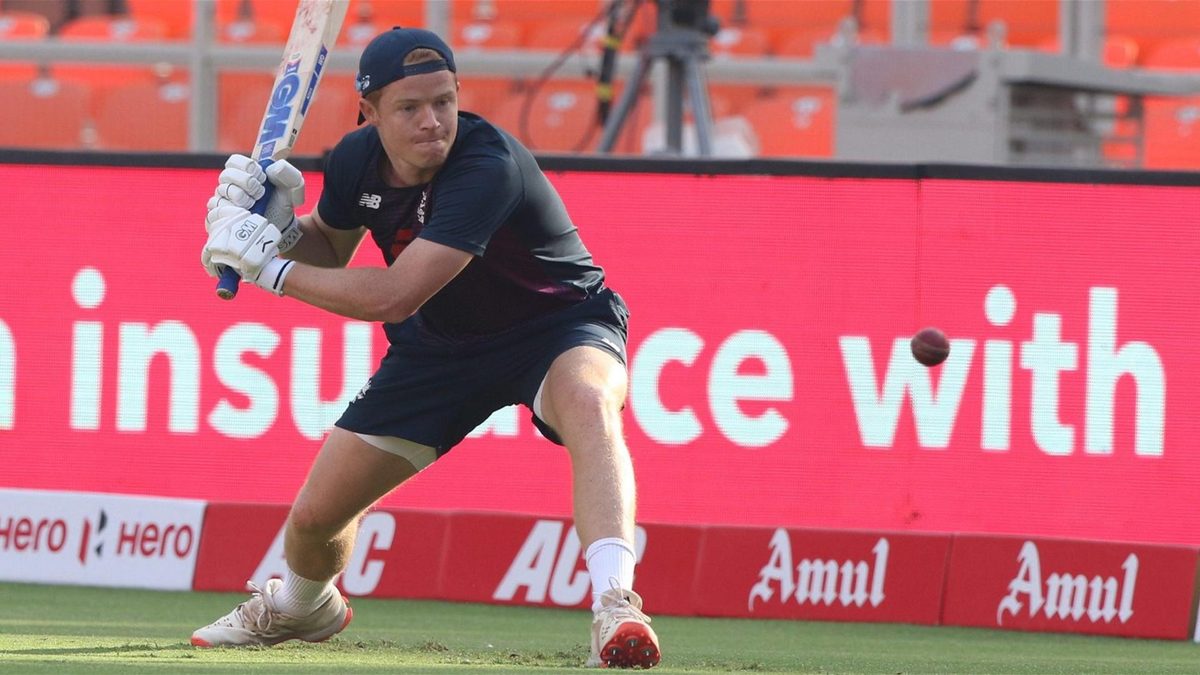
Ben Gardner examines England’s search to find a long-term Test No.3, a long-running problem that shows no sign of going away.
Subscribe to the Wisden Cricket YouTube channel for post-match awards, player interviews, analysis and much more.
Forget Andrew Strauss, or Alastair Cook, or even Kevin Pietersen. It’s finding a replacement for Jonathan Trott that has been the defining selection issue for England in the Joe Root era.
Since the 2013/14 Ashes, 12 players – excluding nightwatchmen or pushed-down openers – have been tried there; only Gary Ballance and Root himself have scored more than 500 runs in the position. Now, with England’s first-drops having managed just 220 runs between them in 12 innings this winter, the debate is back.
This time, at least, there is no shortage of candidates for the role, and each brings with them arguments in their favour and problems they would solve. Ben Stokes has, at times, looked like England’s most secure player of properly fast bowling, and was in the form of his life last summer, displaying an ability to bat long hitherto unseen. Ollie Pope is the most exciting English batsman of his generation, and also their most technically correct, making him, in theory, as well equipped as anyone to negotiate a hooping Dukes under cloudy skies after one has fallen early.
More speculatively, there’s Jonny Bairstow, a supreme white-ball player freed from the gloves to concentrate on his batting, and Dan Lawrence, who made 161 at No.3 in his second County Championship game. Both struggled this winter, but maybe back in England one or the other could fare better.
Moving up any of those would also help solve England’s other selection conundrums. Lawrence could be kept in the team and allowed to bed in comfortable surroundings, assuming it’s not him who’s promoted. Or else Ben Foakes could keep the gloves, allowing Jos Buttler to focus on making match-defining scores at No.6, a position where he averages nearly 20 runs more per dismissal than he does at No.7. Sam Curran or Chris Woakes could also slip easily into the XI, giving England the bowling depth that served them well last summer. The possibilities are many and appealing.
You fancy, however, that it’s the neatness of the second half of the argument that makes the first half more convincing, and as much as England would love one of their middle-order players to be a long-term No.3, if we’re honest with ourselves, any such idea is based more in hope than expectation.
Stokes is an excellent player of pace and he does have good recent form behind him. But he also has an average of 37 after 71 Tests, and that stretch is the first real period of sustained excellence in his career so far. He has faced more than 250 balls in an innings just once in his Test career. Expecting him to do so regularly, as is required of a No.3, is unreasonable. He also still shoulders an important bowling load, and is prone to rash strokes, like the fine sweep straight to slip in the final innings at Ahmedabad. It’s this tenacity that makes him such a valuable player at No.5; pushing him up to No.3 risks ruining the thing that makes him the great all-rounder that he is.
For Pope, the hope is that, one day, he will be ready to move up to No.3. But to do so now, when he has an average of 23 in the last 12 months, would be hugely optimistic. The lower middle order is the traditional proving ground, and Pope has now spent 15 Tests between Nos.5-7. For some, that would be enough time to have proven themselves ready for more. For Pope, a lengthier easing-in period is needed. That is no huge surprise or disappointment.
Bairstow, meanwhile, averages 23.17 since the start of the 2018 summer, and has been bowled or leg-before in over half his innings in that time. Lawrence’s winter, in which he averaged 13.25 at No.3 and 39 elsewhere, presents the perfect example of the dangers of promoting a batsman before he is ready.
There are echoes here of a problem that plagued England throughout Trevor Bayliss’ tenure as head coach; that of having a surfeit of talented cricketers, all of whom would, ideally, bat at No.6 or thereabouts. It’s what has pushed Root to playing more than a quarter of his Test innings at No.3, and it’s what led to a borderline farcical situation in the 2018/19 winter, when five batsmen filled in at first-drop in the space of six Test matches.
So what’s the solution? Well, there isn’t a simple one. If Stokes or Pope aren’t capable of moving up, it means two of Lawrence, Foakes or Pope himself have to sit out. But that would still be preferable to pushing someone unsuited into a specialised role, which is no solution at all.
Everything could yet look much different come that first Test at June, when nine rounds of the County Championship will have taken place and the India series will be a distant memory. Rory Burns could be back in form, allowing Zak Crawley to move back down the order a position, or someone new might make an unarguable claim for selection. It’s tough to say now who should be England’s long-term, or even short-term No.3. But if they continue to pick players for the role because they avert a difficult decision elsewhere rather than for their suitability for the role, the cycle that got them into this mess in the first place will surely continue.








